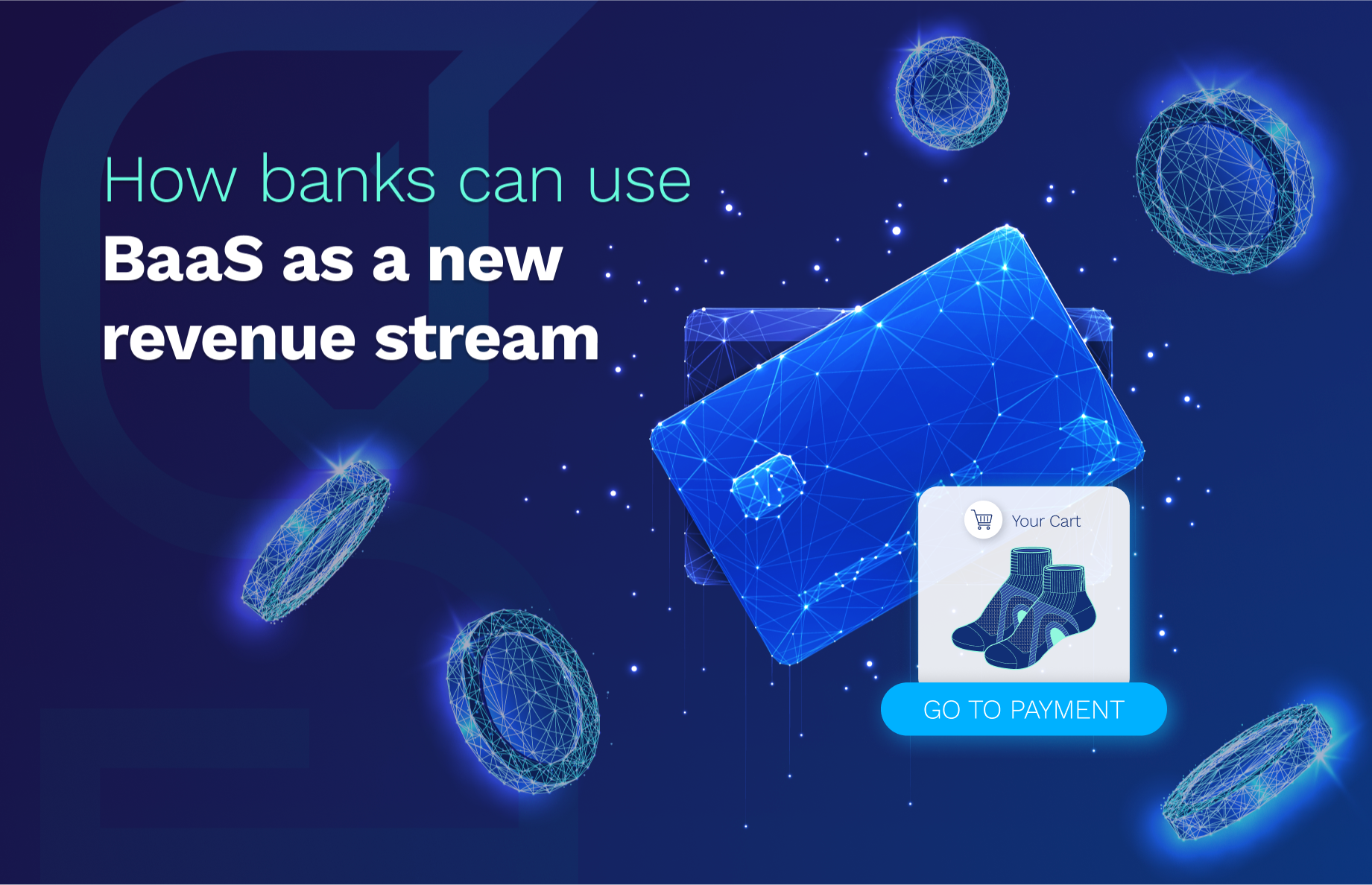5 Open Banking myths that almost got small banks fooled
There is a fragment of legitimate concern or risk in these myths. However, our practice taught us better approaches to mitigate them, and now we’re sharing them with you!
Published July 22, 2024

Myth 1: Open Banking is just for big banks
The most common one takes 1st place. Smaller banks feel overwhelmed by open banking, believing it’s only for large players. This is understandable because small implementing open banking solutions seems cost-prohibitive at times. but…
→ In our experience:
There are multiple community banks out there that already use open banking with third-party integrations. Small banks can start small, with low-cost options.
Open Banking applications can be deployed at any pace, especially with the help of APIs. In our experience, incremental tech upgrades fit any growth strategy.
Myth 2: BaaS is the best use case for community banks
There’s a “FOMO” among community banks to become sponsor banks in the banking-as-a-service model for growth.
→ In our experience:
BaaS is great, but to be fair, API initiatives are safer and need fewer resources. For example, a real-time account opening integration is enough to improve both back-office operations and customer experience. Again, we vouch for incremental steps that fit into existing strategies.
Myth 3: I need to hire to deploy an Open Banking application
In theory, you could hire additional IT resources and expert staff at the start of an Open Banking project. However, it’s not necessary if you opt for an API-driven tech strategy.
→ In our experience:
Tech talent is always great to have, but sometimes you just don’t, and finding it on time, onboarding and getting to work can delay projects. So don’t make Open Banking dependent on staff you don’t have. Business experts already know what data is needed. You can opt for a third party to reduce financial strain. If that’s not an option, note that developer portals are becoming easier and easier for non-developers to understand.
Don’t forget: Simple documentation supports easy implementation.
Myth 4: Open Banking compromises customer data security
APIs are the backbone of open banking, and they’re not immune to cyber threats. This is what makes this myth so widespread.
As a comparison, please note that while generally secure, card payments pose a security threat when stolen or exposed. In contrast, open banking payments offer the same convenience with significantly enhanced safety.
→ In our experience:
Open banking uses strong multi-layered security protocols such as authentication methods, encryption standards, etc. APIs follow strict regulatory standards, and there is also the option of conducting API security audits regularly, to counter any extra risks.
Myth 5: Open Banking is only for tech-savvy customers
Open banking is designed for all customers. Many may already be using it to pay utilities and bills without knowing it’s called “open banking”. With it, they are never even asked to share security details. They authenticate using a password or PIN, fingerprint or facial recognition, and a mobile phone message or card reader.
→ In our experience:
User-friendly interfaces make it accessible. Simple tools and services cater to everyday banking needs and tech-savvy customers appreciate that, but they’re not the only ones to adopt them.
Finally
None of these myths are foolish, but all of them have solutions. Our goal is to bring these solutions forward to banks and encourage them to hop on digital transformation without fear and preconceived notions.
Let us help, leave us a message.
How tech-savvy banks monetize BaaS
BaaS provides new revenue streams beyond traditional banking. It helps you stay relevant and innovative, allowing you to compete with FinTechs. BaaS enables.
5 Open Banking myths that almost got small banks fooled
Inflation has far-reaching implications, not only for consumers and businesses but also for financial institutions
Don’t fall behind!
Get notified of new articles (only once a month)

